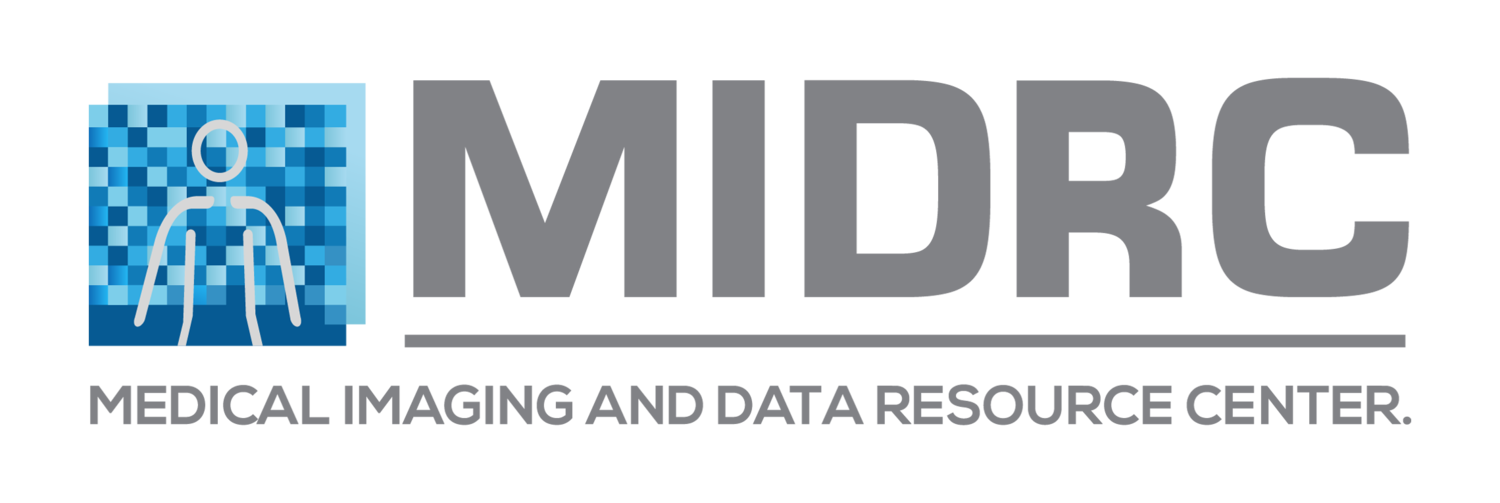Technology Development Project 5
Principal investigators: Michael Tilkin, Curtis Langlotz, Robert Grossman, Maryellen Giger, and Paul Kinahan
Link MIDRC to other clinical and research data registries.
Updated January 20, 2023
The purpose of this project is to integrate images not only with clinical records but also other deep silos of medical information, such as genomics and pathology. While medical imaging data is well structured and interoperable according to widely adopted standards, solving complex scientific questions requires integrating clinical records, as well as the deep silos of other medical information, such as genomics and pathology, to achieve knowledge-driving discovery and comprehensive response to this disease. Key components of this integration include 1) using metadata registration to make the meaning of data publicly available and reusable, 2) defining a persistent, unique identifier, and 3) normalizing the meaning of data fields and data values using standard terminology. Thus, through the use of Gen3 services, MIDRC has been working to include or link with additional image and non-image data feeds from other data commons, registries, and repositories into a hybrid centralized/distributed resource. Access to clinical data will occur through standard protocols as well as custom interfaces to vendor systems.
This project will
Continue to work with SCCM and PETAL to address long-Covid priority and additional cases that they are
collecting and support UChicago and N3C Datavant pilot.
Continue to work with NHLBI to link data between MIDRC and NHLBI’s BioData Catalyst, as new datasets are added to BioData Catalyst.
Continue to work with other institutes and societies to link data between MIDRC and non-imaging data commons.
Improve the user interface and user experience for using the Gen3 crosswalk service for privacy preserving record linkage across 2 or more data commons or data repositories.
Support remote and federated analysis / machine learning of data from 2 or more data commons or data repositories by integrating the crosswalk service with the Gen3 services for remote and federated analysis and developing a portal to users to access the integrated functionality.
Support interoperability with additional data commons and data repositories as mutually agreed to.
